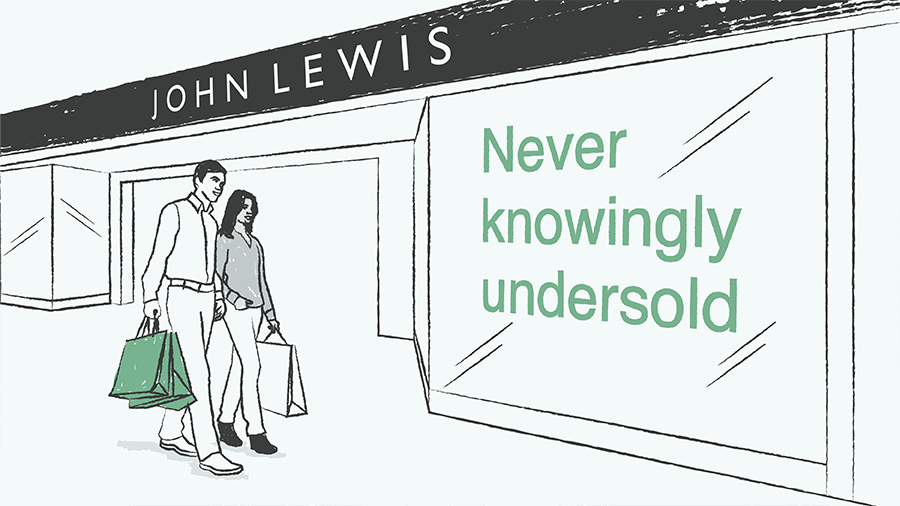Marks & Spencer has been praised for becoming the ‘first top-tier global UK clothing company’ to announce that it won’t deal with suppliers connected to the forced labour of Uighur people.
It’s a move which could mark the first in a wave of pledges from global brands to take responsibility for the pay and conditions of those involved in the production of the clothes we wear. Sustainability was the fashion and retail buzzword of 2020, and with new UK anti-slavery legislation underway, this movement looks to be upping its pace in 2021.
Sustainability in fashion doesn’t only refer to environmental factors: it covers the complex ethics involved in the sourcing and production of fabrics and clothing. While multiple logos exist to display the ethical sourcing of food, until recently, few of us have questioned the origins of our clothing – but this is set to change.

Why are M&S the first?
It’s interesting to note that M&S were the target of numerous campaigns. This included ‘The Coalition to End Uyghur Forced Labour’ led by human rights organisation CSW (Christian Solidarity Worldwide).
There are several reasons for CSW targeting M&S, including their UK market share and influence, their ethical buying promises and their positive response to previous campaigns. M&S uses around 40,000 tonnes of lint cotton each year from various sources. It’s believed that Uyghur Region produces 84% of China’s cotton output, and roughly 20% of the world’s cotton.
This targeted method is part of a pattern we’ve witnessed countless times before, with memorable examples including the dramatic demonstrations of anti-fur campaigns by PETA. The most influential brands are the perfect target for such movements, as their resulting actions have more power to trigger a copycat reaction throughout the industry.
What are the implications for other fashion brands?
Anti slavery CEO Jasmine O’Connor welcomed the move, but invited other companies to follow suit:
“The Call to Action sets out a clear path of action for brands to follow in line with the UN Guiding Principles on Business and Human Rights, and we call upon other major brands to follow suit with M&S and commit to the Call to Action urgently.” she said.
How many will act? There have been similar bursts of activity as far back as the 90s, when sports brands including Nike and Addidas made headlines by pledging to end child labour. But it was far from a case of ‘problem solved’: more than 20 years on, investigations are suggesting that not much has changed.
This pattern of hefty pledges followed by minimal action implies that companies are merely jumping on the bandwagon to avoid extensive criticism from consumers. This is immeasurably bad for brand image and leaves customers wondering: do these brands truly intend to follow through with their promises? Companies need to demonstrate a transparent and consistent approach to show genuine, meaningful change.
How can we all track brand’s promises?
Charities and organisations have created a number of yearly reports which shine light on some big changes in the industry.
The not-for-profit global movement ‘Fashion Revolution’ was founded in 2013 in response to the Rana Plaza disaster in Bangladesh, and in 2016 launched the first edition of the transparency index. It scores 250 of the largest fashion companies on the information they disclose to stakeholders and the public surrounding their handling of social and environmental issues.
While last year’s report shows improvements in some areas, with brands achieving a higher average score overall, there are still many whose scores have barely changed in the last 3 years, and numerous major brands who refuse to disclose any information.
How will these changes affect consumers?
The fact of the matter is that a huge proportion of global resources come from cheap labour, the process of which reduces manufacturing costs overall. By decisively changing their sourcing, brands will need to think seriously about their profit margins, and how much of this additional cost they will be passing on to consumers.
Studies show that while shoppers are keen to embrace sustainable fashion in its broadest sense, they’re not sure about paying more. More on this in our previous blog post on the price of sustainable fashion here.
Brands which popped up as part of the fast fashion boom could vanish as quickly as they appeared, as many rely on imported clothing. According to the Global Slavery Index, the fashion industry is one of the biggest promoters of modern slavery in the world, and G20 countries imported a whopping $127 billion fashion garments identified as at-risk products of modern slavery last year alone.
When considering that some garments sold by popular fashion brands cost just a few pounds, it becomes impossible to imagine everyone in the chain is being paid fairly.
What does the future hold for businesses?
Persuading customers to pay more for ethical fashion will be crucial to business success, but shoppers are reluctant to up their spending if they feel the product is exactly the same. If companies find ways to frame their ethical initiatives in a way that adds value to their customers first, in the same way organic food and craft gin have managed, the additional cost begins to make sense. Quality is key here.
As consumers increasingly seek out sustainable, ethical labels, those who ignore these changes are likely be left behind. 2021 should be the year you seriously reconsider sustainability within your business, and put significant resources towards meeting your goals.
Speak to our team today to see how we can help with your executive hires: +44 (0) 203 675 1459 or email Orlando Martins at [email protected].
















